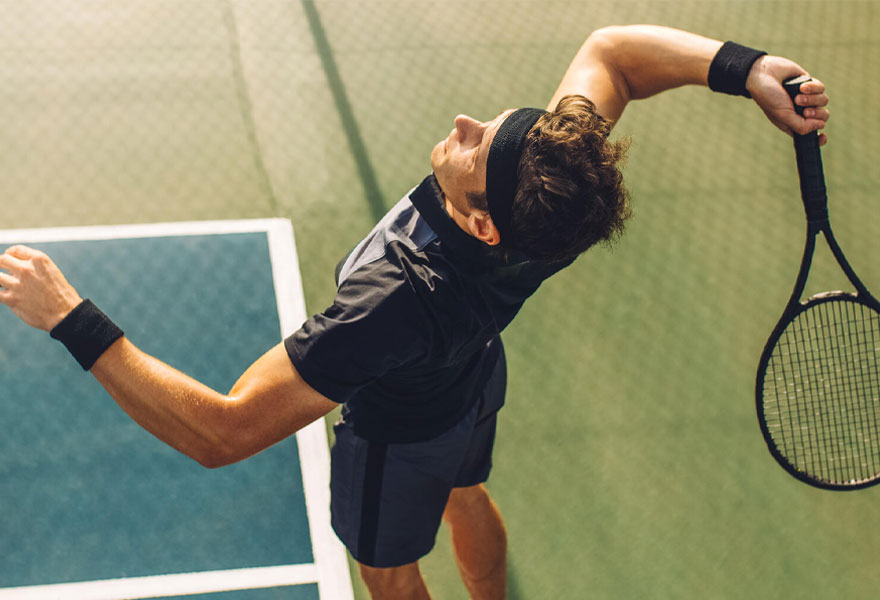DEAR MAYO CLINIC: I love to be outdoors. I enjoy running, hiking and swimming. Often in the summer, I take my family camping, and we go kayaking, canoeing and do other activities. With the temperatures anticipated to be above average this summer, what advice do you have for making sure we avoid issues while being active outside?
ANSWER: It is great that you are dedicated to staying healthy through exercise, and being outdoors certainly is a bonus. Being active at all ages is recommended for all patients to improve overall health. While some people lose the motivation to exercise when it is hot outside, others enjoy activities that only warm weather can bring.
Hot weather, however, can put extra stress on your body. If you are not careful, you can risk serious illness because of the air temperature, humidity and often lack of hydration. It is important to take extra precautions regardless of the outdoor activities you choose.
You should:
- Watch the temperature.
Pay attention to weather forecasts and heat alerts. Know what the temperature is expected to be for the duration of your planned outdoor activity. In running events, there are flag warnings that correspond to the degree of heat and humidity. For example, a yellow flag requires careful monitoring, and races are canceled in black flag conditions. - Get acclimated to the weather.
If you are used to exercising indoors or in cooler weather, take it easy at first when you exercise in the heat. It can take at least one to two weeks to adapt to the heat. As your body adapts to the heat over time, gradually increase the length and intensity of your workouts. - Know your fitness level.
If you are not as fit as you would like or are new to exercise, be extra cautious when working out in the heat. Your body may have a lower tolerance to the heat. Reduce your exercise intensity and take frequent breaks. - Drink plenty of fluids.
Dehydration is a key factor in heat illness. Help your body sweat and cool down by staying well-hydrated with water. Do not wait until you are thirsty to drink fluids. If you plan to exercise intensely, consider a sports drink and water. Sports drinks can replace the sodium, chloride and potassium you lose through sweating. Avoid drinks with excessive sugar and alcoholic drinks because they can promote fluid loss. - Dress appropriately.
Lightweight, loose-fitting clothing helps sweat evaporate and keeps you cooler. Avoid dark colors that can absorb heat. If possible, wear a light-colored, wide-brimmed hat. - Avoid midday sun.
In warmer weather months, it is best to exercise in the morning or evening, when it’s likely to be a bit cooler. If possible, exercise in shady areas or do a water workout in a pool. - Wear sunscreen.
A sunburn decreases your body’s ability to cool itself and increases the risk of skin cancer. Use a sunscreen with a sun protection factor of at least 50 and reapply often if you are in water, sweating or doing vigorous activity for more than two hours. - Have a backup plan.
If you’re concerned about the heat or humidity, stay indoors. Work out at the gym, walk laps inside the mall or climb stairs inside an air-conditioned building. - Understand your medical risks.
Certain medical conditions or medications can increase your risk of a heat-related illness. If you plan to exercise in the heat, talk to your health care professional about precautions. - Pay attention to your body and its temperature.
You want to be mindful of your body to reduce the risk of serious heat-related conditions, including heatstroke — when your body temperature is greater than 104 F. Signs and symptoms of heat-related illness vary but may include muscle cramps, nausea or vomiting, fainting, dizziness or headache, excessive sweating, low blood pressure, and vision problems.
Heat-related illnesses are largely preventable. If you begin to experience any issues, stop exercising immediately and get out of the heat. It is imperative to lower your body temperature and hydrate right away. You may place cool, wet towels or ice packs on your neck, forehead and under your arms; spray yourself with water from a hose or shower; or sit in a tub filled with cold water. Drink fluids, such as water or a sports drink. If you do not feel better within about 20 minutes, seek emergency medical care.
Lastly, if you have any other health issues, it is advisable to talk with your primary health provider before returning to vigorous activity.
Originally published on Mayo Clinic News Network.






